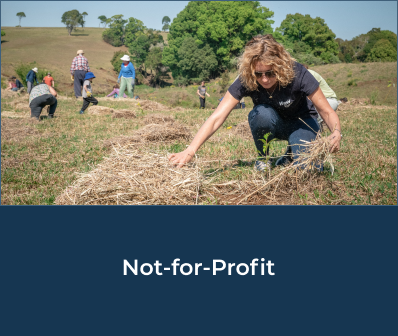One of the best tools to save for retirement is a Register Retirement Savings Plan (“RRSP”). An RRSP is a special type of registered investment and savings account that provides opportunities to reduce your taxes in the year of contribution and defer income taxes on the income earned within the account.
As a reminder, the RRSP contribution deadline for 2022 is March 1, 2023. This means you still have an opportunity to review your current financial situation and determine if it is beneficial to make an additional contribution and have it apply to your 2022 taxes.
This article will help you understand the basics of an RRSP and how it can benefit you.
RRSP Background
Contributions made into your RRSP account reduce your current income taxes by allowing you to deduct the contribution, up to your RRSP deduction limit, against your taxable income in the year. This simply means you defer paying tax on the amount of contribution made to your RRSP.
The tax savings from contributing to an RRSP can prove to be quite significant. Take for example someone who is in the top tax bracket in Ontario. Given that the effective tax rate for this individual is 53.53%, he or she would be able to defer $53.53 of taxes for every $100 of deductible contributions made to his or her RRSP account.
Additionally, an RRSP allows your investment to grow on a tax-deferred basis. The investment income earned in your RRSP account is not subject to tax until you withdraw the funds. This allows your investments to grow at a faster rate compared to the investments held in non-registered accounts.
When you withdraw funds from an RRSP, the total withdrawal will be included in your taxable income in that year. With proper planning, the income can be withdrawn when you are in a lower tax bracket (e.g., during retirement) to ensure the tax rate on withdrawal is lower than the tax rate when the contribution was made. This will provide an overall tax savings.
After you reach the age of 71, your RRSP account will be converted to a Registered Retirement Income Fund (“RRIF”). You will no longer be able to make further contributions to your RRSP and will be required to withdraw a minimum amount annually from your RRIF. The carrier of your plan will calculate the minimum withdrawal based on your age at the beginning of each year.
RRSP Contribution Room
The annual RRSP contribution room is calculated as 18% of your prior year’s earned income (i.e., employment income), up to a predetermined maximum per year. For 2022, the maximum contribution limit was $29,210. If you contribute in excess of this limit, you could face penalties. Therefore, it is important to know what your RRSP contribution room is. This can be found on your prior year Notice of Assessment or on your CRA online account.
Deadline for RRSP Contribution
The deadline for making a deductible contribution to an RRSP for a particular calendar year is 60 days after the end of that year. For example, the deadline for making a deductible RRSP contribution for 2022 is March 1, 2023. This means that you could contribute money to your RRSP account between January 1 and March 1, 2023 and still deduct it from your 2022 taxable income to reduce your overall 2022 taxes.
RRSPs and the Home Buyer’s Plan
The Home Buyers’ Plan (“HBP”) can allow you to “borrow” up to $35,000 tax-free from your RRSP to pay for the purchase of a home, assuming certain conditions are met.
The amount withdrawn under the HBP must be repaid in equal annual instalments over a 15-year period starting two years after the year in which you made the withdrawal. If you fail to make a repayment in a particular year, the required minimum repayment amount will be added to your taxable income in that year.
RRSPs and the Lifelong Learning Plan
The Lifelong Learning Plan (“LLP”) allows you to withdraw money from your RRSP to pay for your education and the education of your spouse or common-law partner. Under this plan, you can borrow up to $20,000 tax-free for up to four years.
Spousal Contributions
If you have RRSP contribution room, you may choose to contribute to your own RRSP, or to an RRSP account owned by your spouse or your common-law partner. If you contribute to your spouse’s RRSP, you will be entitled to the deduction against your income (not your spouse). This RRSP spousal contribution will only reduce your own contribution room and will not affect your spouse’s RRSP contribution room. Depending on the taxable income of your spouse, it may be more beneficial to contribute to a spousal RRSP than your own.
Additionally, although RRSPs must be collapsed in the year that you turn 71, you could still contribute to your spouse’s RRSP after turning this age (assuming that your spouse is younger than 71), and deduct the contributions on your tax return.
GG Observations
RRSPs offer a wide range of benefits. To maximize your benefit from a RRSP, consideration should be given to the timing of the RRSP contribution, the amount of contribution to be made and whether a spousal contribution strategy should be utilized. Additionally, if you are going to withdraw funds from your RRSP account, we could help you navigate the use of the HBP, LPP, or restructure your other personal assets and investments to minimize your tax liabilities on the RRSP withdrawal. If you accidentally made RRSP contributions over your contribution room, we could provide you with strategies to mitigate the adverse tax consequences from overcontribution.
Grewal Guyatt LLP has extensive experience in tax planning and maximizing the benefits of utilizing an RRSP account and can help you make the best out of your RRSP. For more information, please contact our tax team.




























